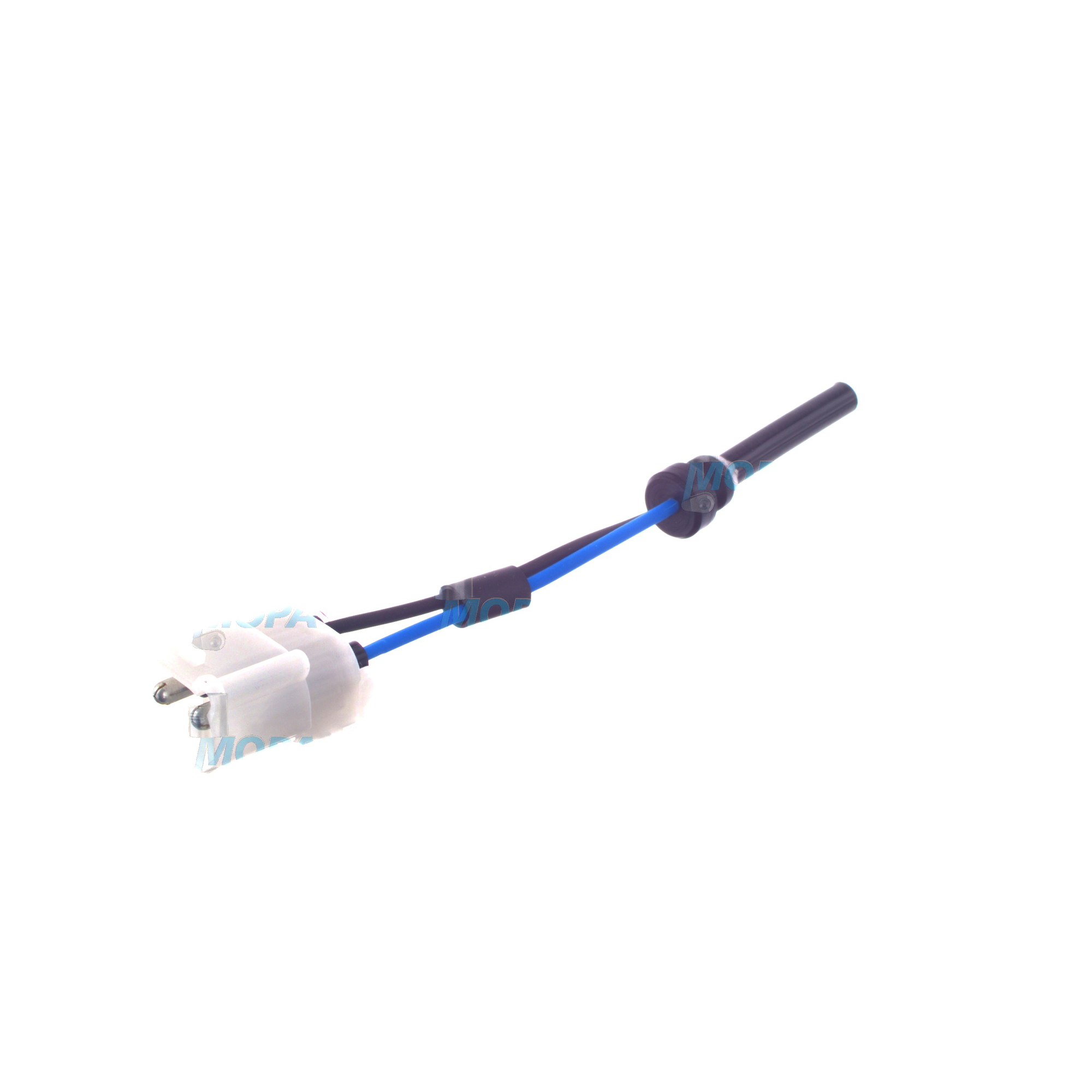LEVEL MONITOR Gauges and Sensors for Professional Engine Control
Gauges and sensors are the frontline instruments that make engines measurable, predictable, and safe. In this article category, you will find the complete spectrum of measurement devices—pressure and temperature transmitters, speed pickups, flow and vibration sensors, fuel and lube oil level senders, plus the panel gauges and indicators that convert raw signals into actionable information. Together, these components enable precise supervision of combustion, cooling, lubrication, and emissions, making them indispensable for marine engine rooms, power plants, and industrial diesel engine installations.
In heavy-duty operations, accurate data is not optional. From a LEVEL MONITOR in a marine engine day tank to a coolant temperature sensor feeding an engine management system, every reading affects performance, fuel economy, and the risk profile of your operation. Properly specified gauges and sensors create the data layer that underpins condition-based maintenance, automated shutdown logic, and compliance reporting—key factors for shipowners and technical decision-makers.
Technical function of gauges and sensors with LEVEL MONITOR in diesel engine and marine engine systems
Gauges and sensors translate physical states—pressure, temperature, level, speed, flow, and vibration—into electrical signals that your control system and the crew can trust. A LEVEL MONITOR for marine engine service typically measures fuel, ballast, or lube oil height via float, capacitive, ultrasonic, or pressure-based methods. The signal goes to the engine control unit (ECU), a PLC, or a local display gauge, where limits, alarms, and shutdowns are configured. In diesel engine applications, pressure and temperature sensors stabilize combustion by ensuring correct fuel supply pressure, boost pressure, and coolant temperature, while tachometers and speed pickups secure correct synchronization and overspeed protection.
Data pathways are designed for robustness: analog outputs (4–20 mA, 0–10 V) for noise immunity and long cable runs; digital protocols such as CAN J1939 or Modbus for diagnostics, device identification, and trending. Panel gauges provide immediate visibility, while transmitters feed historian systems to trend wear and prevent failures. When specified as LEVEL MONITOR OEM parts, these devices align with engine builders’ calibration curves, seal materials, and connector standards, ensuring consistent readings across the fleet.
- · High accuracy and repeatability across temperature ranges.
- · Output options: 4–20 mA, 0–10 V, CAN J1939, Modbus RTU.
- · Robust housings, stainless steel wetted parts, fuel- and oil-resistant seals.
- · IP65–IP67 ingress protection; options for hazardous areas where required.
- · Shock- and vibration-tested for marine engine environments.
- · Clear scaling on gauges; configurable alarm thresholds and hysteresis.
- · Calibrated to OEM tolerances for consistent fleet-wide performance.
- · Designed for easy installation, commissioning, and service access.
Why gauges and sensors are critical for reliability and service life
Engines fail when information is missing or wrong. A fouled level sender can mask a low lube oil condition, accelerating bearing wear. A drifting temperature sensor can postpone cooling alarms, resulting in thermal stress and head gasket damage. Incorrect boost pressure feedback leads to poor combustion, higher specific fuel consumption, and elevated exhaust temperatures. On a vessel, the risk escalates: a misreading LEVEL MONITOR in a marine engine day tank can cause unexpected fuel starvation in rough seas, triggering power loss during critical maneuvers.
Reliable gauges and sensors extend service intervals by enabling early intervention—filter changes on pressure drop trends, coolant service on temperature deltas, and alignment checks when vibration increases. They are the backbone of automated shutdowns that protect against overspeed, low oil pressure, high jacket water temperature, and low fuel level. Accurate data preserves engine efficiency, reduces emissions, and lowers lifecycle cost.
Typical issues and diagnostics for LEVEL MONITOR and sensors
Common failure modes include signal drift from sensor aging, connector corrosion in humid engine rooms, cable breaks due to vibration, and mechanical wear in float-type level senders. Diagnosis combines reference checks with handheld calibrators, resistance and loop current verification, simulated input tests at the controller, and cross-validation against redundant sensors. Scheduled calibration and inspection of sealing, cable routing, and grounding markedly increase reliability.
Advantages of OEM spare parts suitable for gauges and sensors
Selecting OEM spare parts suitable for gauges and sensors safeguards measurement integrity across performance, reliability, budget, and service life. Fit and function are matched to the engine maker’s specifications, ensuring the sensor curves, response times, and electrical interfaces behave exactly as the control logic expects. This reduces nuisance alarms, prevents costly downtime from misreads, and accelerates commissioning after maintenance.
From a budgeting perspective, aligned calibration and plug-compatible connectors cut installation and testing time. Proper sealing materials resist diesel, heavy fuel oil, and coolant chemistries, protecting the investment over long operating cycles. For critical roles such as LEVEL MONITOR diesel engine day tanks or lube oil sumps, the right sensors maintain dependable alarm thresholds and shutdown logic—key to asset protection and safe operations.
MOPA as your partner for OEM parts: LEVEL MONITOR, gauges and sensors
MOPA is an experienced partner in sourcing OEM parts and OEM spare parts suitable for gauges and sensors used in diesel and gas engines. Customers value fast response, technical clarity, and secure handling—whether you need a LEVEL MONITOR OEM parts package for a marine engine retrofit or calibrated pressure and temperature transmitters for a power plant overhaul. MOPA supports cross-references to engine builder numbers, provides documentation for commissioning, and ships quickly to minimize downtime. The focus is on reliable quality and safe, traceable trade of OEM parts for demanding engine environments.
Conclusion: gauges and sensors with LEVEL MONITOR focus
Gauges and sensors transform complex engine states into trusted decisions, with the LEVEL MONITOR playing a central role in fuel and lube oil management. Well-specified measurement devices protect performance, availability, and service life. Choosing OEM spare parts suitable for gauges and sensors ensures consistent data, smooth integration, and long-term value across marine and industrial diesel engine fleets.



